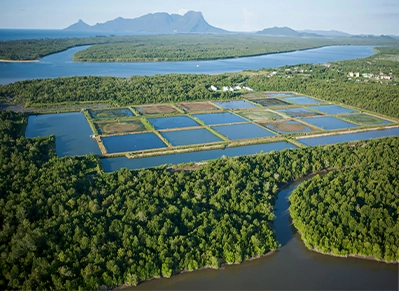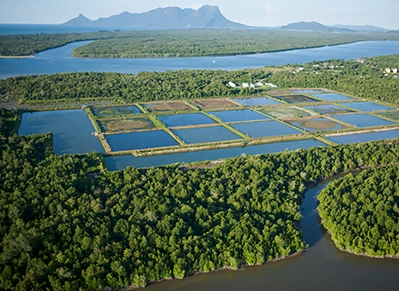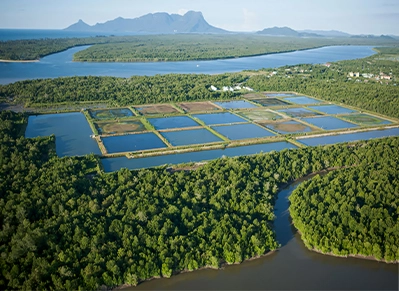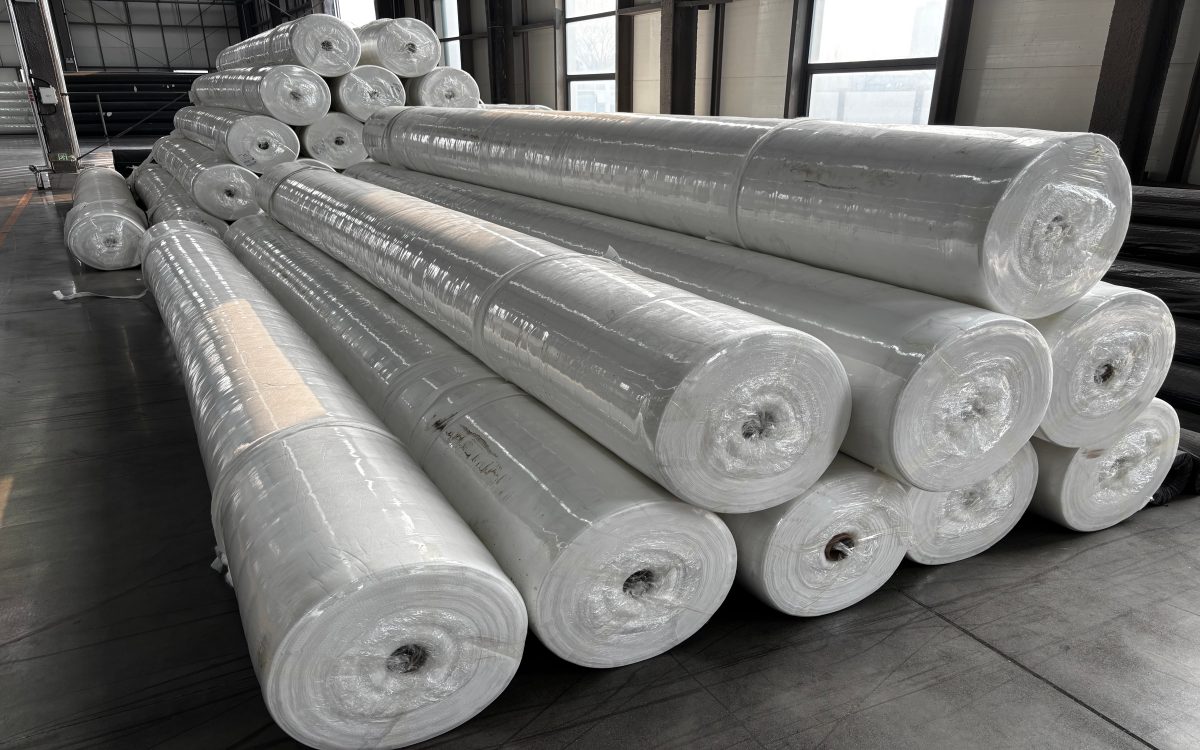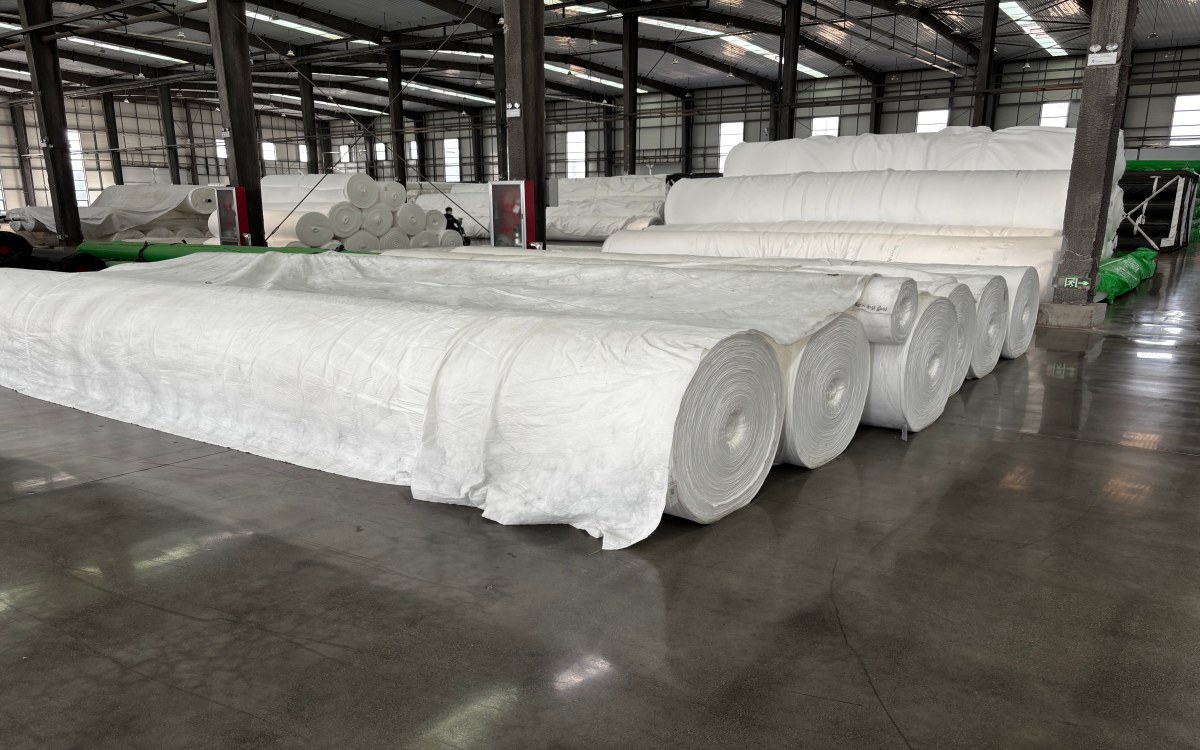Haoyang Environmental Technology Non Woven Filter Cloth: 3 Critical Performance Advantages
During a recent visit to a mining operation in Western Australia, the site engineer pointed to their drainage system and remarked, "The unsung hero of this entire operation is that non-woven filter cloth behind the retaining walls." This observation perfectly captures the vital yet often overlooked role of quality filtration geotextiles. Having evaluated filtration systems across multiple continents, I've witnessed how Haoyang Environmental Technology's Non Woven Filter Cloth consistently outperforms competitors in demanding applications. Through detailed analysis and field observations, let's explore three crucial performance aspects that make their filtration fabrics the preferred choice for engineers facing challenging soil and water conditions.
Precision Filtration Mechanics
The fundamental purpose of any Non Woven Filter Cloth is to achieve what engineers call "controlled filtration" - allowing water passage while retaining soil particles. What sets Haoyang's approach apart is their sophisticated manufacturing process that creates a complex three-dimensional fiber matrix with consistent pore size distribution. I've examined microscope images of their 4OZ Non Woven Geo textile Filter Fabric showing perfectly entangled fibers creating tortuous pathways that effectively trap fine particles while maintaining excellent water flow. This precision engineering prevents the two common failure modes in filtration applications: soil piping (where fine particles wash out) and blinding (where pores become clogged).
The versatility of their Non Woven Polypropylene Geotextile becomes particularly evident in mining applications, where they serve as a reliable Composite Geomembrane for Mining China Supplier. In these complex systems, the filter cloth protects the impermeable geomembrane from puncture while facilitating leachate collection. During testing at a copper mine's heap leach pad, their Non Woven Filter Cloth maintained constant flow rates despite continuous exposure to acidic solutions that would degrade lesser fabrics. This chemical resistance, combined with engineered filtration properties, makes their products indispensable for mining operations where environmental compliance and operational efficiency are paramount.
Mechanical Durability Under Stress
Many project managers underestimate the physical demands placed on filtration fabrics. A Non Woven Filter Cloth must withstand installation stresses, long-term static loads, and potential dynamic forces throughout its service life. Having witnessed the installation of Haoyang's 4OZ Non Woven Geo textile Filter Fabric behind a 15-meter retaining wall, I was impressed by its resistance to tearing during placement over angular aggregate. This durability stems from their advanced needle-punching technology, which creates strong mechanical bonds between polypropylene fibers without compromising porosity.
The importance of this mechanical robustness is particularly evident when Haoyang functions as a Composite Geomembrane for Mining China Manufacture. In these composite systems, their Non Woven Polypropylene Geotextile serves as both a protective cushion and drainage layer, preventing geomembrane puncture from sharp subgrade materials while managing fluid transmission. I've reviewed independent test data showing their fabrics maintain structural integrity under compression loads exceeding 100 kPa, a critical characteristic in deep landfill applications or beneath heavy mining equipment. This combination of physical strength and maintained hydraulic performance under load distinguishes Haoyang's Non Woven Filter Cloth in applications where failure is not an option.
Hydraulic Performance Consistency
The true test of any filtration fabric occurs when water needs to flow under various pressure conditions. Haoyang's Non Woven Filter Cloth demonstrates exceptional permittivity (cross-plane flow) and transmissivity (in-plane flow) characteristics that remain stable throughout the product's lifespan. During laboratory testing I observed, their Non Woven Polypropylene Geotextile maintained consistent flow rates even after prolonged compression, unlike some competitors' products that experienced significant reduction in permeability. This performance consistency is crucial for drainage applications where gradual clogging could lead to hydrostatic pressure buildup and structural failure.
The engineered consistency of their 4OZ Non Woven Geo textile Filter Fabric makes it particularly valuable for critical infrastructure projects. I recently consulted on a highway project where their fabric was specified for edge drains, with the design engineer emphasizing that "predictable long-term performance matters more than initial cost savings." This philosophy aligns perfectly with Haoyang's manufacturing approach, where every roll of Non Woven Filter Cloth undergoes rigorous quality checks to ensure hydraulic properties match published specifications. Whether used in simple drainage trenches or as part of complex composite systems, their fabrics deliver the reliable water management that engineers depend on for project success and longevity.
Selecting the appropriate filtration fabric requires careful consideration of mechanical, hydraulic, and durability characteristics. Haoyang Environmental Technology's Non Woven Filter Cloth excels in all three domains, offering engineered solutions rather than generic products. Their expertise in manufacturing high-performance 4OZ Non Woven Geo textile Filter Fabric and versatile Non Woven Polypropylene Geotextile provides specifiers with reliable options for diverse applications. From standard drainage projects to complex mining containment systems where they serve as both Composite Geomembrane for Mining China Manufacture and supplier, Haoyang delivers the consistent quality and performance that modern engineering demands. When your project's success depends on reliable filtration and drainage, their Non Woven Filter Cloth represents an investment in long-term performance and environmental protection.
